Home>Technology>Security & Surveillance>How To Unlock A Smart Lock
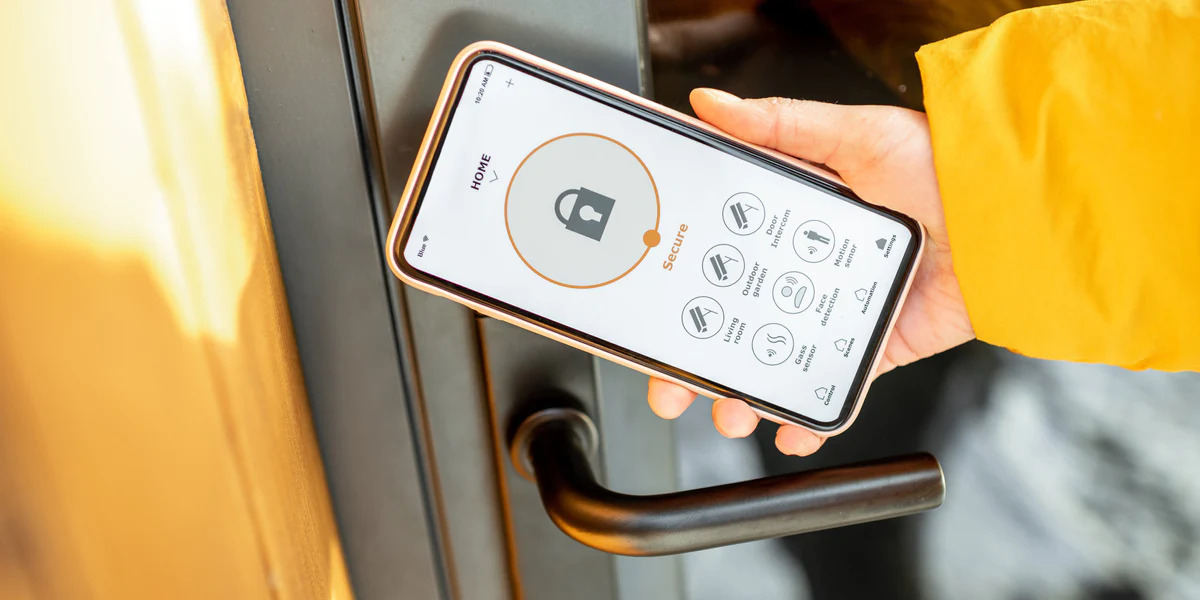

Security & Surveillance
How To Unlock A Smart Lock
Modified: January 4, 2024
Learn how to unlock a smart lock with our expert tips and techniques. Enhance your security and surveillance with our comprehensive guide. Unlock your smart lock with ease!
(Many of the links in this article redirect to a specific reviewed product. Your purchase of these products through affiliate links helps to generate commission for Storables.com, at no extra cost. Learn more)
Introduction
Welcome to the future of home security! Smart locks have revolutionized the way we secure our homes, offering convenience, flexibility, and enhanced control. These innovative devices have replaced traditional locks with cutting-edge technology, allowing homeowners to lock and unlock their doors remotely using a smartphone, key fob, keypad, or even voice commands. In this comprehensive guide, we will explore the fascinating world of smart locks, providing valuable insights into their functionality and the various methods for unlocking them.
As technology continues to advance, smart locks have emerged as a popular choice for homeowners seeking to fortify their properties with state-of-the-art security features. These sophisticated locks not only offer robust protection against unauthorized access but also streamline the entry process for residents and authorized individuals. Whether you're a tech enthusiast or simply looking to bolster your home's security, understanding how to unlock a smart lock is essential in harnessing the full potential of this cutting-edge technology.
Throughout this guide, we will delve into the different methods for unlocking smart locks, including the use of key fobs, mobile apps, keypads, and voice commands. By gaining a comprehensive understanding of these unlocking techniques, you will be empowered to leverage the capabilities of your smart lock system with confidence and ease. Additionally, we will address common troubleshooting issues, ensuring that you are well-equipped to overcome any challenges that may arise in the process.
So, whether you're eager to embrace the convenience of keyless entry or are intrigued by the seamless integration of smart home technology, join us as we embark on a journey to unlock the potential of smart locks. Let's dive into the world of modern security and discover the myriad possibilities that smart locks have to offer.
Key Takeaways:
- Smart locks offer convenient unlocking methods such as key fobs, mobile apps, keypads, and voice commands, providing users with flexibility and control over their home security.
- Troubleshooting common issues, such as connectivity problems and power supply concerns, is essential for maintaining the reliable performance of smart locks and ensuring a seamless unlocking experience.
Read more: How To Unlock A Door Lock
Understanding Smart Locks
Smart locks represent a paradigm shift in home security, combining cutting-edge technology with unparalleled convenience. Unlike traditional locks, which rely on physical keys, smart locks are designed to be operated and monitored remotely using various electronic devices. These innovative devices offer a diverse range of features, including keyless entry, activity tracking, and integration with smart home systems.
At the core of a smart lock’s functionality is its ability to communicate with electronic devices, such as smartphones, key fobs, or voice assistants, through wireless protocols like Bluetooth, Wi-Fi, or Z-Wave. This connectivity enables users to lock and unlock their doors from virtually anywhere, providing a level of flexibility and control that was previously unimaginable with conventional locks.
One of the key advantages of smart locks is their versatility, as they can be seamlessly integrated into existing home security setups. Whether you’re looking to enhance the security of your front door, back door, garage, or even interior rooms, smart locks offer a customizable and scalable solution to meet your specific needs. Furthermore, many smart locks are designed to be compatible with popular smart home platforms, allowing for centralized management and automation of security features.
Security is a paramount concern for homeowners, and smart locks are engineered with robust encryption and authentication mechanisms to safeguard against unauthorized access. Advanced encryption protocols and multifactor authentication methods ensure that smart locks provide a high level of protection against potential security threats, giving users peace of mind knowing that their homes are secure.
Additionally, smart locks offer a range of access control options, allowing homeowners to grant temporary or recurring access to family members, guests, and service providers. This level of flexibility empowers users to manage access permissions efficiently, eliminating the need for physical keys and the associated security risks.
As we continue our exploration of smart locks, it’s important to recognize the pivotal role they play in redefining home security. By embracing the technological advancements and user-centric features of smart locks, homeowners can elevate their security posture while enjoying the unparalleled convenience of keyless entry and remote access control.
Methods for Unlocking a Smart Lock
Unlocking a smart lock involves leveraging a variety of intuitive and convenient methods, each tailored to suit different preferences and scenarios. From traditional key fobs to cutting-edge voice commands, smart locks offer a diverse array of unlocking options that cater to the unique needs of users. Let’s explore the primary methods for unlocking a smart lock and the distinctive benefits they bring to the table.
- Using a Key Fob: Key fobs are compact, handheld devices that allow users to wirelessly unlock their smart locks with a simple press of a button. These devices provide a convenient alternative to traditional keys and are particularly useful for individuals who prefer a tangible, portable means of access. Key fobs are often equipped with encrypted communication protocols, ensuring secure and reliable operation.
- Using a Mobile App: Smart lock manufacturers typically offer dedicated mobile apps that enable users to control their locks remotely via smartphones and tablets. Through the intuitive interface of these apps, users can lock and unlock their doors, monitor access logs, and manage user permissions from anywhere with an internet connection. The seamless integration of mobile apps with smart locks delivers unparalleled convenience and accessibility.
- Using a Keypad: Many smart locks are equipped with built-in keypads, allowing users to input custom access codes for entry. This method eliminates the need for physical keys or additional devices, offering a streamlined and keyless approach to unlocking doors. Keypads are ideal for granting temporary access to guests or service providers, as unique entry codes can be assigned and revoked as needed.
- Using Voice Commands: With the integration of voice assistants such as Amazon Alexa and Google Assistant, users can unlock their smart locks using voice commands. This hands-free approach to unlocking doors is not only convenient but also aligns with the trend of interconnected smart home ecosystems. By simply issuing a verbal command, users can effortlessly unlock their doors, adding a touch of futuristic sophistication to their daily routines.
By offering a diverse range of unlocking methods, smart locks cater to a broad spectrum of user preferences and situational requirements. Whether it’s the tactile convenience of a key fob, the remote accessibility of a mobile app, the keyless simplicity of a keypad, or the futuristic allure of voice commands, smart locks empower users with unparalleled flexibility and control over their home security.
Using a Key Fob
Key fobs are compact, handheld devices that have become a popular means of unlocking smart locks, offering users a convenient and tactile approach to access control. These wireless devices are designed to communicate securely with smart locks, enabling seamless and reliable door unlocking with the press of a button. Let’s delve into the functionality and benefits of using a key fob to unlock a smart lock, as well as the practical considerations associated with this unlocking method.
Functionality: Key fobs are equipped with radio frequency identification (RFID) or Bluetooth Low Energy (BLE) technology, allowing them to establish a secure connection with compatible smart locks. When within range, typically a few meters from the door, users can simply press the button on the key fob to trigger the lock’s unlocking mechanism. This straightforward process eliminates the need for physical keys and provides a hassle-free means of entry.
Convenience: The compact and portable nature of key fobs makes them a convenient accessory for accessing smart locks. Whether attached to a keychain or carried separately, key fobs offer users the flexibility to unlock their doors without fumbling for keys or navigating through smartphone apps. This tactile approach to unlocking resonates with individuals who prefer a tangible and familiar method of access control.
Security: Key fobs are designed with robust security features to prevent unauthorized access and cloning. Advanced encryption protocols and unique identifiers ensure that key fobs communicate securely with smart locks, mitigating the risk of unauthorized interception or replication. Additionally, the absence of identifiable key cut patterns reduces the likelihood of unauthorized key duplication, bolstering the overall security of the locking system.
Practical Considerations: When using a key fob to unlock a smart lock, it’s essential to keep the device within the designated range for reliable operation. Additionally, users should ensure that the key fob’s battery is adequately charged to maintain seamless connectivity with the smart lock. Regularly replacing the battery, typically every few years, is recommended to prevent potential connectivity issues.
Key fobs offer a tactile, user-friendly approach to unlocking smart locks, catering to individuals who value the convenience and simplicity of traditional key-based access. By seamlessly integrating with smart lock systems, key fobs provide a reliable and secure means of entry, empowering users with a tangible and portable solution for accessing their homes with ease.
Using a Mobile App
Smart lock manufacturers offer dedicated mobile apps that serve as powerful tools for unlocking and managing smart locks remotely. These intuitive apps, compatible with smartphones and tablets, provide users with seamless control over their smart lock systems, offering a convenient and versatile approach to unlocking doors. Let’s explore the functionality and advantages of using a mobile app to unlock a smart lock, as well as the practical considerations associated with this unlocking method.
Functionality: Smart lock mobile apps leverage Bluetooth, Wi-Fi, or cellular connectivity to establish a communication link between the user’s mobile device and the smart lock. Through the app’s interface, users can initiate the unlocking process with a simple tap or gesture, granting them immediate access to their homes. Additionally, these apps often feature advanced security measures, such as two-factor authentication and biometric recognition, to enhance the overall protection of the locking system.
Convenience: The mobile app interface provides users with unparalleled convenience, allowing them to unlock their doors from virtually anywhere with an internet connection. Whether returning home from a grocery run or granting access to a visitor while away, the mobile app empowers users to manage their smart locks with ease and flexibility. Furthermore, the app’s integration with other smart home devices and automation routines enhances the overall user experience, offering a seamless and interconnected approach to home security.
Security: Smart lock mobile apps are engineered with robust encryption protocols and secure authentication mechanisms to safeguard against unauthorized access and data breaches. By implementing stringent security measures, such as end-to-end encryption and secure remote access protocols, these apps ensure that users can unlock their doors with confidence, knowing that their interactions with the smart lock are protected from potential threats.
Practical Considerations: When using a mobile app to unlock a smart lock, it’s important to ensure that the user’s mobile device is adequately charged and has a stable internet connection. Additionally, users should familiarize themselves with the app’s features, such as access log monitoring and user permission management, to maximize the utility of the smart lock system. Regularly updating the app to the latest version is recommended to benefit from enhanced security features and performance optimizations.
Smart lock mobile apps offer a versatile and user-centric approach to unlocking doors, catering to individuals who value the convenience of remote access and seamless integration with their smart home ecosystems. By leveraging the power of mobile technology, users can unlock their smart locks with unparalleled ease and security, redefining the way they interact with their home’s entry points.
Make sure the smart lock has fresh batteries and is connected to the correct app or device. If it’s a keypad lock, double check the code you’re entering. If it’s a Bluetooth lock, ensure your phone’s Bluetooth is on and in range.
Read more: How To Unlock A Locked Thermostat
Using a Keypad
Smart locks equipped with built-in keypads provide users with a convenient and keyless method of unlocking their doors. These integrated keypads offer a versatile approach to access control, allowing users to input custom access codes to unlock their smart locks without the need for physical keys or additional devices. Let’s explore the functionality and benefits of using a keypad to unlock a smart lock, as well as the practical considerations associated with this unlocking method.
Functionality: The keypad integrated into a smart lock enables users to input personalized access codes, typically comprising a sequence of digits, to initiate the unlocking process. This eliminates the reliance on physical keys or electronic devices, offering a streamlined and keyless approach to securing entry. Additionally, many smart lock keypads feature illuminated buttons for nighttime visibility and may include tamper-resistant designs to enhance security.
Convenience: Keyless entry via a keypad provides users with a convenient and flexible means of unlocking their doors, particularly when traditional keys or electronic devices are not readily accessible. Whether granting temporary access to guests, service providers, or family members, users can assign unique access codes and easily manage their activation and expiration. This method of unlocking resonates with individuals seeking a seamless and intuitive approach to home entry.
Security: Smart lock keypads are engineered with advanced security features to protect against unauthorized access and code manipulation. To prevent unauthorized entry attempts, many keypads are designed with anti-tamper safeguards and may include features such as auto-locking after a specified number of incorrect code entries. Additionally, the absence of physical keys reduces the risk of unauthorized key duplication, enhancing the overall security of the locking system.
Practical Considerations: When using a keypad to unlock a smart lock, users should periodically update their access codes to maintain security and confidentiality. It’s important to choose unique and non-sequential codes to minimize the risk of unauthorized guessing. Additionally, users should ensure that the keypad remains clean and free of debris to facilitate smooth and accurate code input.
Smart lock keypads offer a versatile and user-friendly approach to unlocking doors, catering to individuals who value the convenience and security of keyless entry. By leveraging the intuitive functionality of integrated keypads, users can unlock their smart locks with ease and confidence, redefining the way they interact with their home’s entry points.
Using Voice Commands
The integration of voice commands has ushered in a new era of convenience and sophistication in the realm of smart locks. By leveraging voice assistants such as Amazon Alexa, Google Assistant, or Apple’s Siri, users can unlock their smart locks with simple verbal directives, eliminating the need for physical interaction with keys or electronic devices. Let’s explore the functionality and benefits of using voice commands to unlock a smart lock, as well as the practical considerations associated with this futuristic unlocking method.
Functionality: Smart locks compatible with voice assistants enable users to issue verbal commands to unlock their doors. By utilizing the designated wake word for the voice assistant, such as “Alexa” or “Hey Google,” followed by the command to unlock the door, users can seamlessly trigger the smart lock’s unlocking mechanism. This hands-free approach to entry aligns with the trend of interconnected smart home ecosystems, offering a futuristic and effortless means of access control.
Convenience: Voice commands provide users with unparalleled convenience, allowing them to unlock their doors with a simple verbal directive. Whether returning home with arms full of groceries or requiring hands-free access while engaged in other tasks, voice commands offer a seamless and intuitive method of unlocking smart locks. Additionally, the integration of voice assistants with smart home routines and automation further enhances the overall user experience, providing a cohesive and interconnected approach to home security.
Security: Smart locks designed for voice command integration implement stringent security measures to prevent unauthorized access via voice directives. Multi-factor authentication and user-specific voice recognition contribute to the robust security of voice-controlled smart locks, ensuring that only authorized users can initiate unlocking commands. By leveraging advanced encryption and authentication protocols, these locks offer a high level of protection against potential security threats.
Practical Considerations: When using voice commands to unlock a smart lock, users should ensure that their voice assistant devices are securely configured and accessible only to authorized individuals. Additionally, it’s important to familiarize oneself with the specific voice commands and ensure that the voice assistant device is within range and functioning properly for reliable operation.
Voice commands represent a cutting-edge and user-centric approach to unlocking smart locks, catering to individuals who value the seamless integration of advanced technology with everyday routines. By embracing the futuristic allure of voice-controlled entry, users can unlock their smart locks with effortless ease, redefining the way they interact with their home’s entry points.
Troubleshooting Common Issues
While smart locks offer unparalleled convenience and security, users may encounter occasional challenges that require troubleshooting to ensure smooth operation. Understanding and addressing common issues that may arise when unlocking smart locks is essential for maintaining a seamless and reliable user experience. Let’s explore some common troubleshooting scenarios and practical solutions to address them effectively.
Connectivity Issues: Smart locks rely on stable connectivity with electronic devices or network infrastructure for unlocking. If users experience connectivity issues, such as inconsistent Bluetooth pairing or Wi-Fi connectivity problems, they can troubleshoot by ensuring that the smart lock and associated devices are within the recommended range and that wireless signals are not obstructed by interference or obstacles. Additionally, verifying the strength of the lock’s battery or power source is crucial for maintaining reliable connectivity.
Power Supply Concerns: Smart locks may encounter operational issues if their power supply is compromised. Users should regularly monitor the status of the lock’s batteries or power source and replace them as needed to prevent unexpected lockouts or malfunctions. Ensuring that the lock’s power source is secure and functional is paramount for uninterrupted access.
Software Updates and Compatibility: Periodic software updates may be necessary to enhance the performance and security of smart locks. Users should stay informed about firmware updates released by the lock’s manufacturer and ensure that their smart lock and associated devices are running the latest compatible software versions. Updating the lock’s firmware and associated mobile apps can address potential software-related issues and improve overall functionality.
Access Code Management: For smart locks equipped with keypads, users should carefully manage their access codes to prevent unauthorized access or code-related malfunctions. Regularly updating and customizing access codes, as well as revoking access for temporary users when necessary, can mitigate the risk of unauthorized entry attempts and ensure the security of the locking system.
Voice Command Calibration: Users leveraging voice commands to unlock smart locks should ensure that their voice assistant devices are calibrated and configured accurately for voice recognition. Calibration and training the voice assistant for user-specific voice profiles can enhance the accuracy and security of voice-controlled unlocking, minimizing the likelihood of unauthorized access attempts.
By proactively addressing these common troubleshooting scenarios and implementing practical solutions, users can optimize the performance and reliability of their smart locks, ensuring a seamless and secure unlocking experience. Staying informed about best practices for smart lock maintenance and troubleshooting empowers users to overcome challenges effectively and maximize the benefits of this innovative home security technology.
Conclusion
As we conclude our exploration of unlocking smart locks, it’s evident that these innovative security solutions have redefined the traditional concept of home access. From key fobs and mobile apps to integrated keypads and voice commands, the diverse array of unlocking methods offered by smart locks reflects a commitment to user-centric design and technological advancement. By empowering users with keyless entry, remote access control, and seamless integration with smart home ecosystems, smart locks have revolutionized the way we secure and interact with our living spaces.
Understanding the functionality and benefits of each unlocking method equips users with the knowledge to leverage the full potential of their smart lock systems. Whether prioritizing convenience, security, or futuristic sophistication, smart locks cater to a broad spectrum of user preferences and situational requirements. The integration of advanced encryption, secure authentication, and multi-factor access control mechanisms ensures that smart locks provide a high level of protection against potential security threats, giving users peace of mind knowing that their homes are secure.
Furthermore, the ability to troubleshoot common issues and implement practical solutions is instrumental in maintaining the seamless operation of smart locks. By addressing connectivity issues, power supply concerns, software updates, access code management, and voice command calibration, users can optimize the performance and reliability of their smart locks, ensuring a consistent and secure unlocking experience.
As technology continues to evolve, smart locks stand at the forefront of modern home security, offering a harmonious blend of convenience, flexibility, and robust protection. Whether unlocking doors with a simple tap on a mobile app or issuing a voice command to a smart assistant, the unlocking methods provided by smart locks exemplify the convergence of cutting-edge technology and user-centric design.
In embracing the potential of smart locks, we embark on a journey to unlock not only the doors to our homes but also the boundless possibilities of seamless, secure, and futuristic living. With smart locks, the future of home security is at our fingertips, offering a gateway to a world where convenience and protection harmoniously converge.
Frequently Asked Questions about How To Unlock A Smart Lock
Was this page helpful?
At Storables.com, we guarantee accurate and reliable information. Our content, validated by Expert Board Contributors, is crafted following stringent Editorial Policies. We're committed to providing you with well-researched, expert-backed insights for all your informational needs.
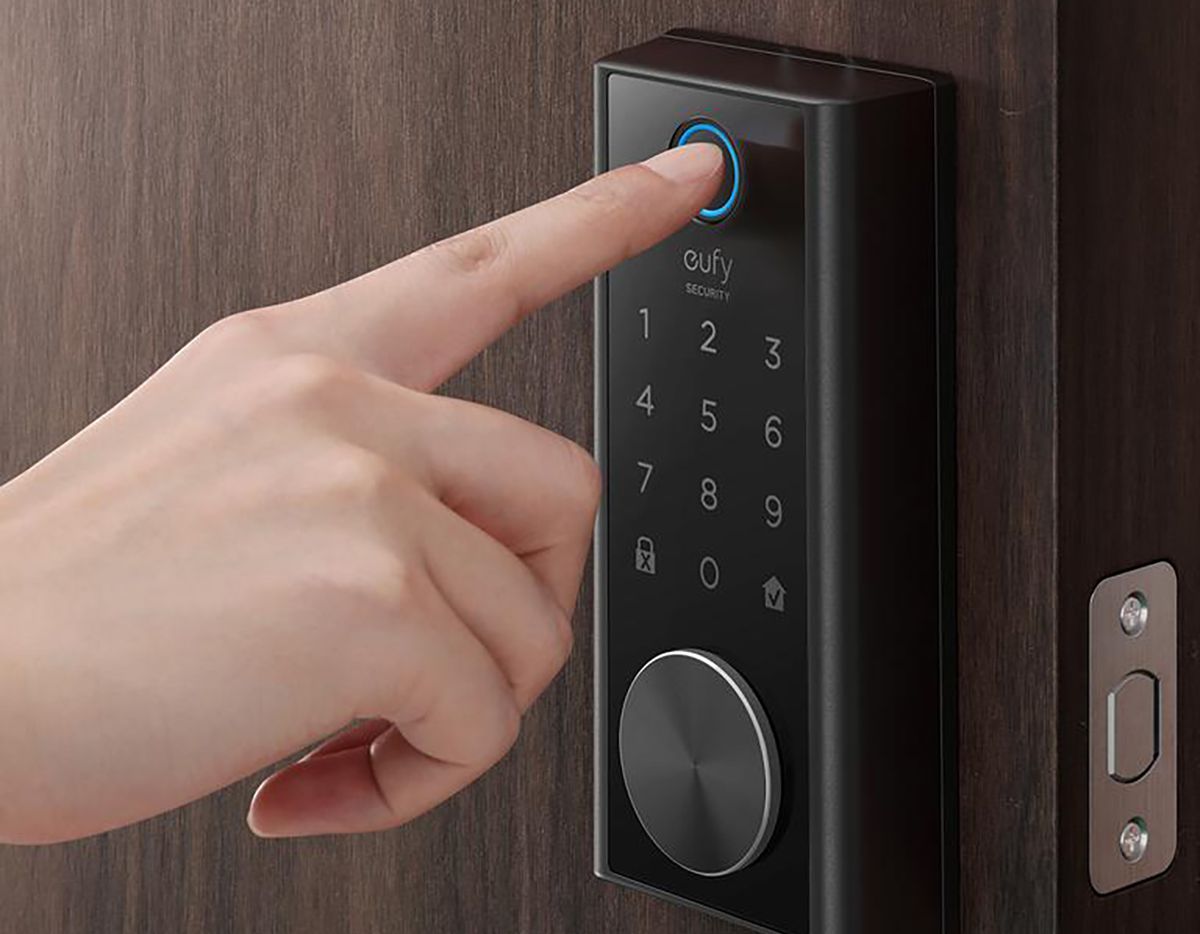
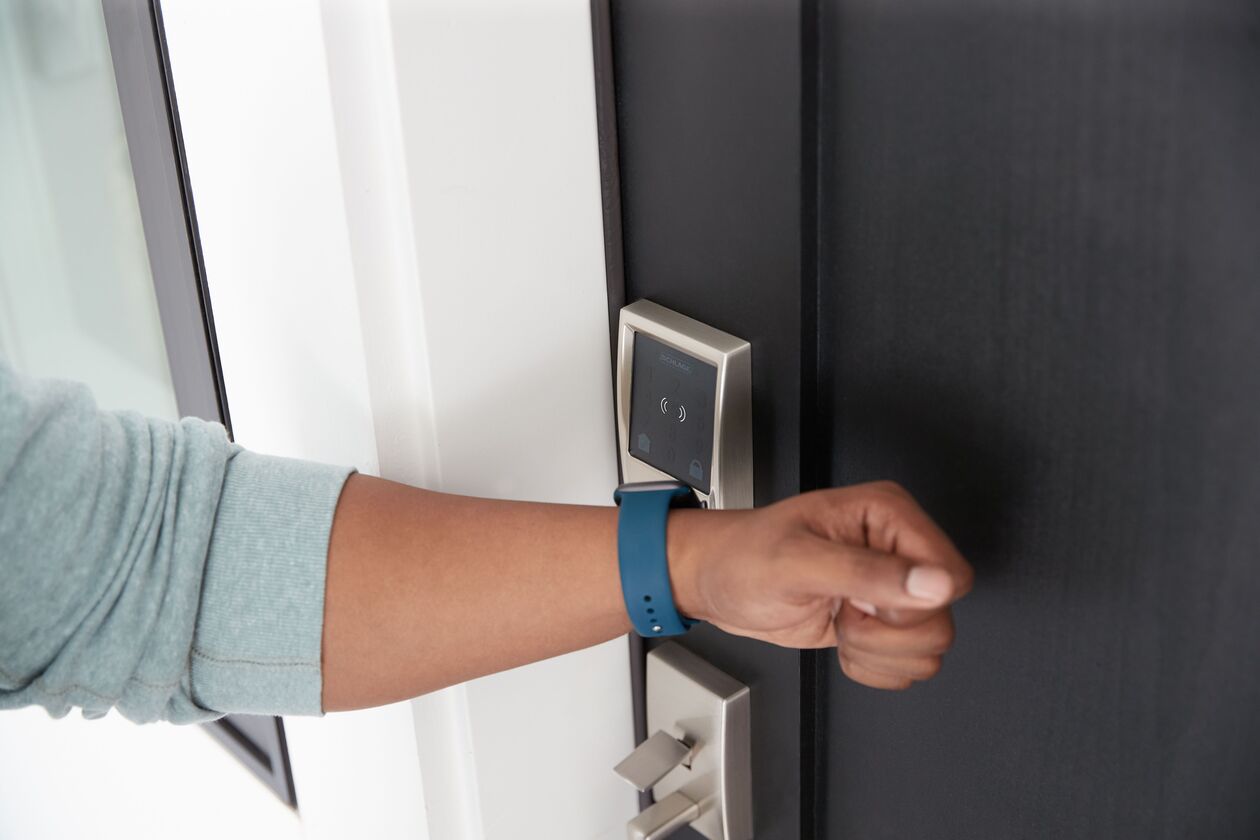
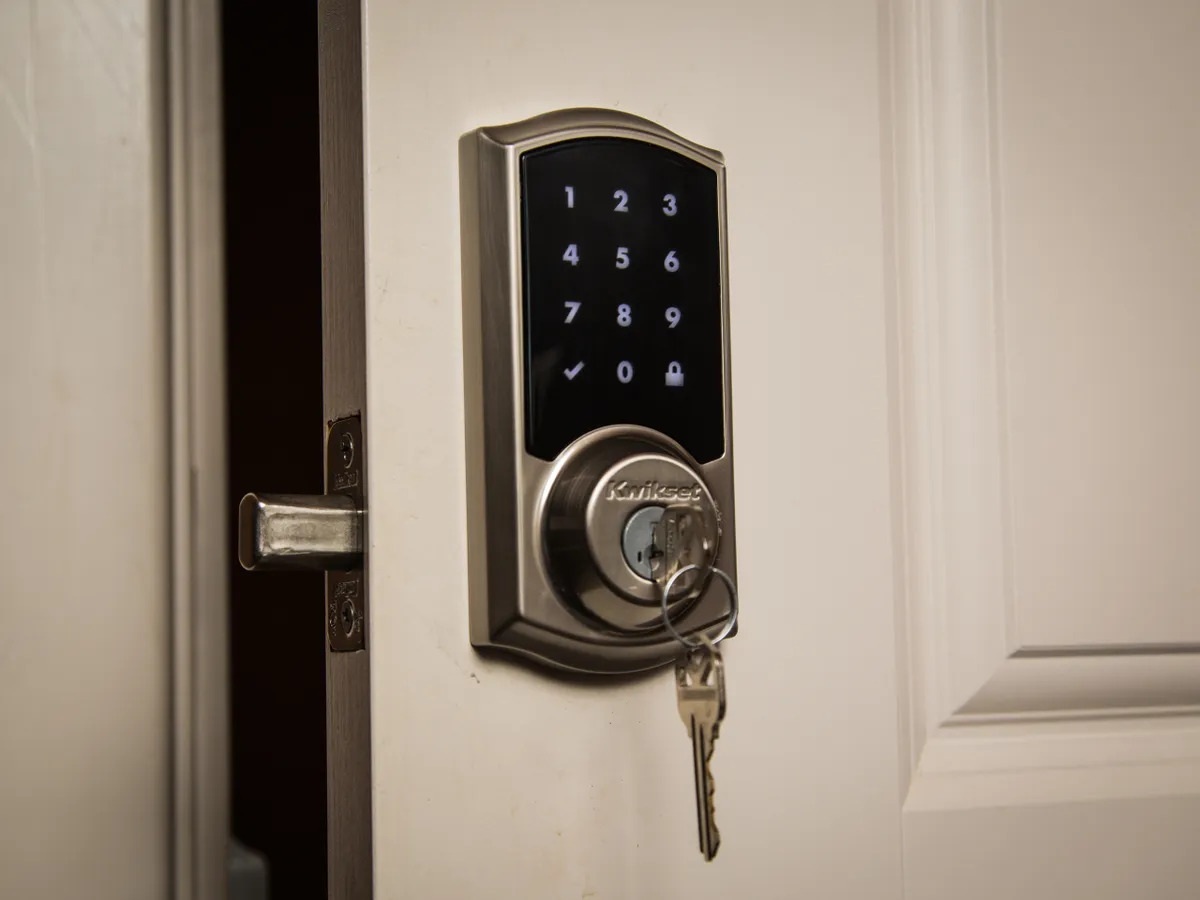
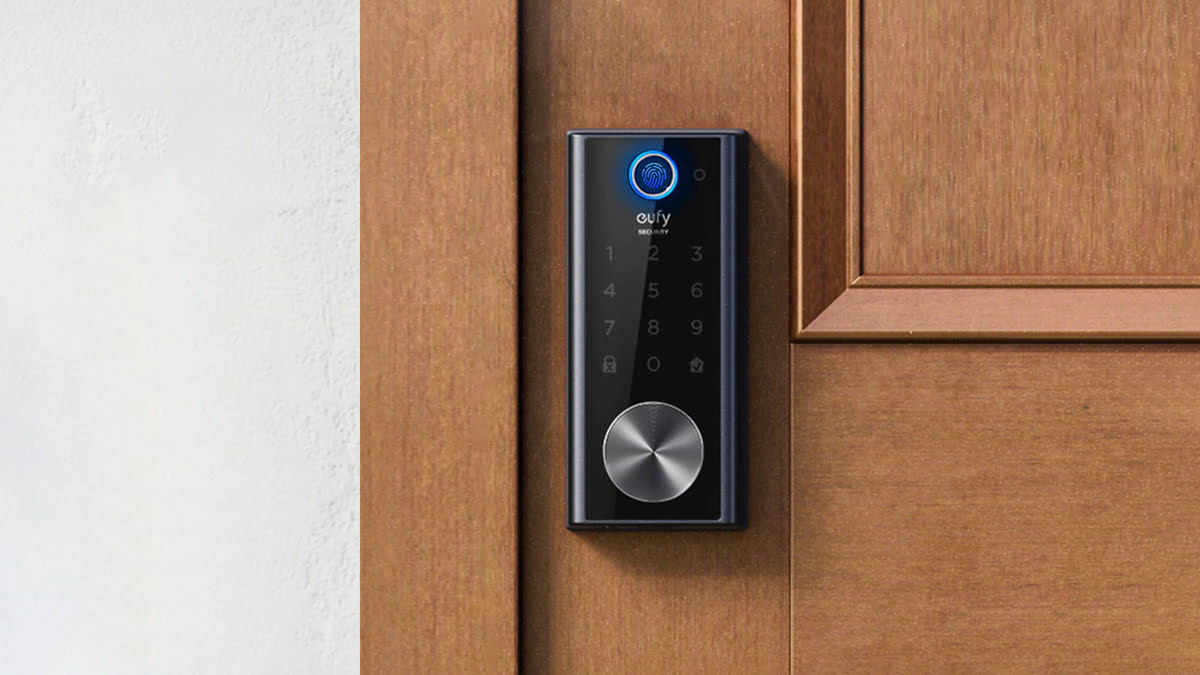
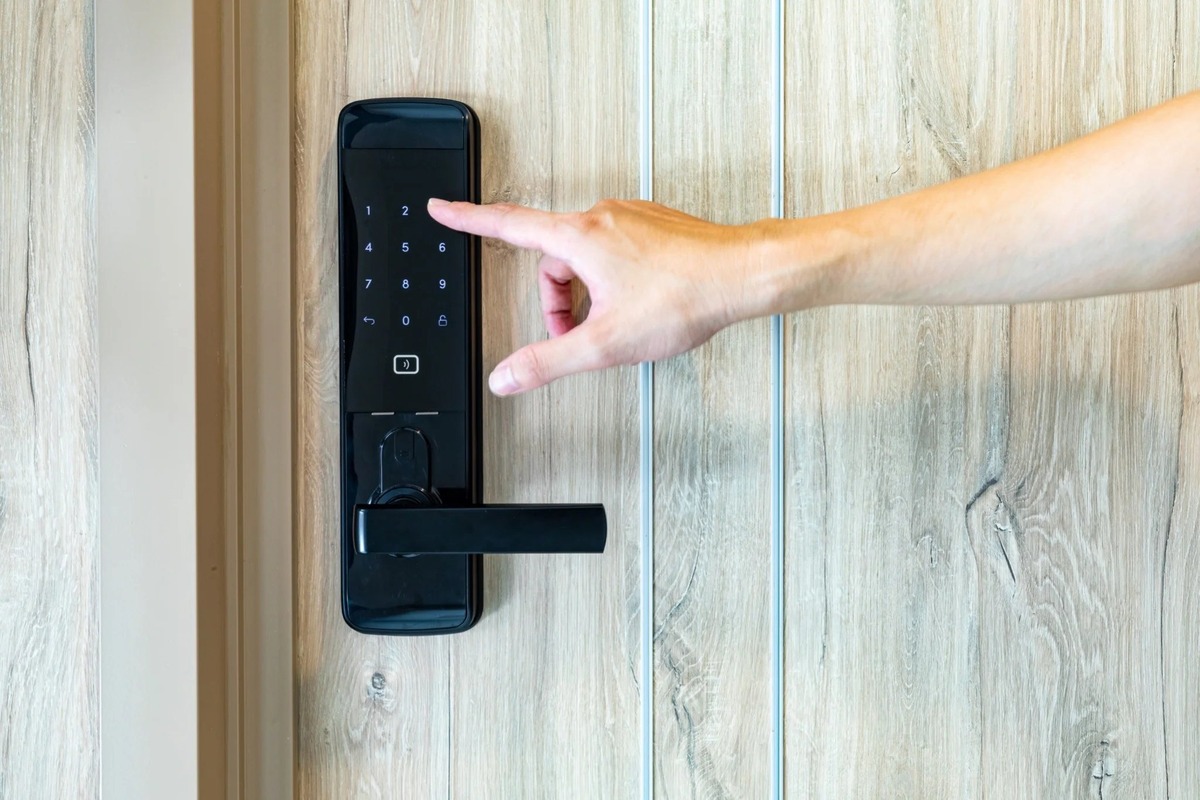
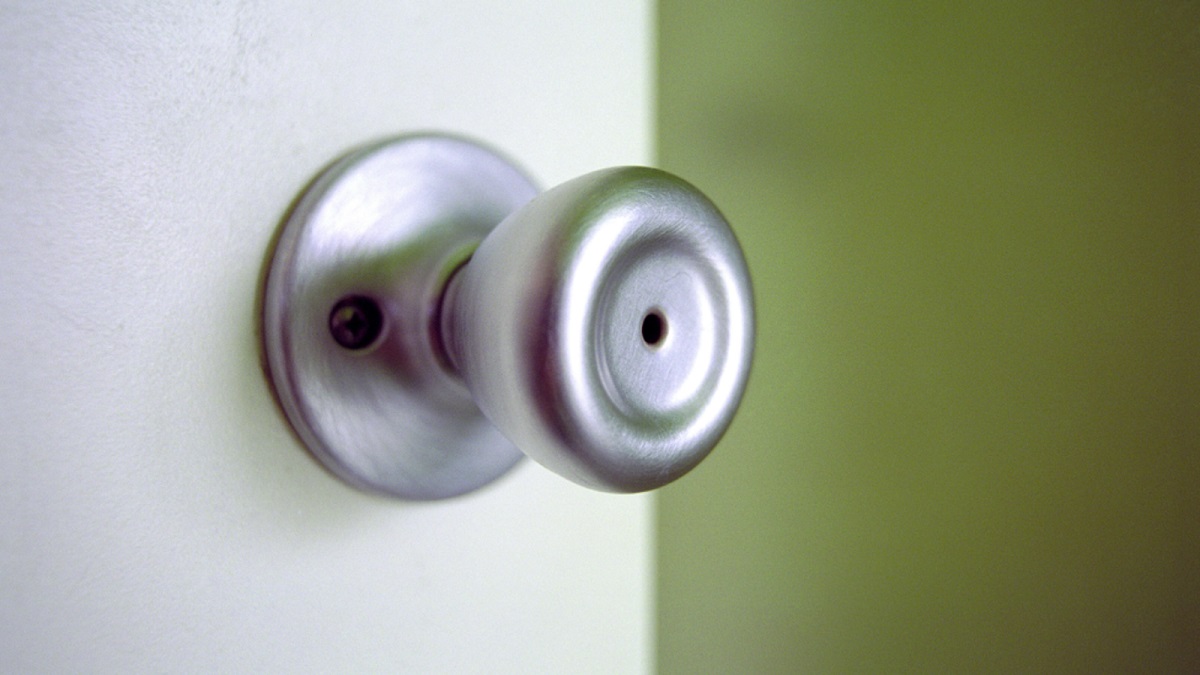
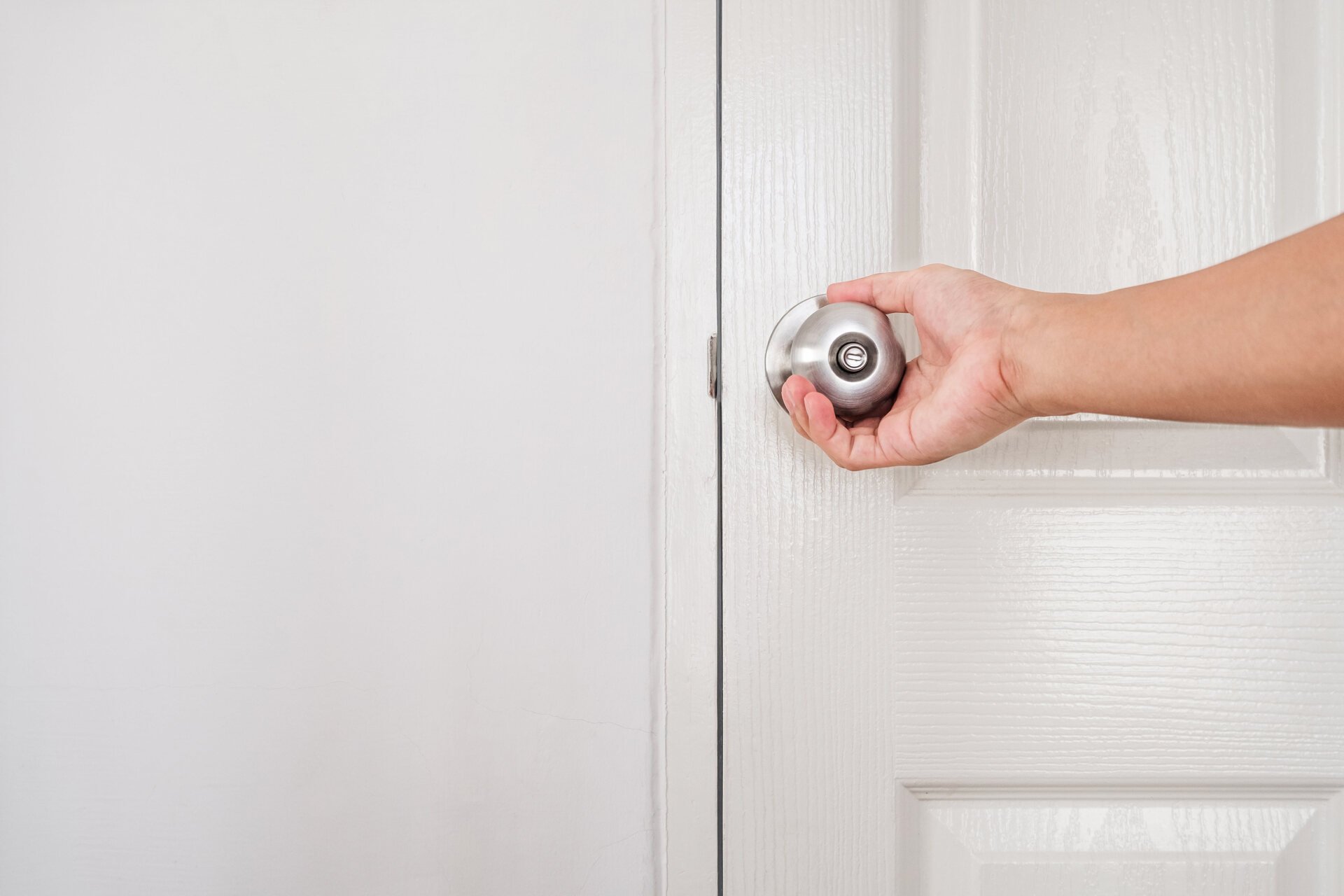
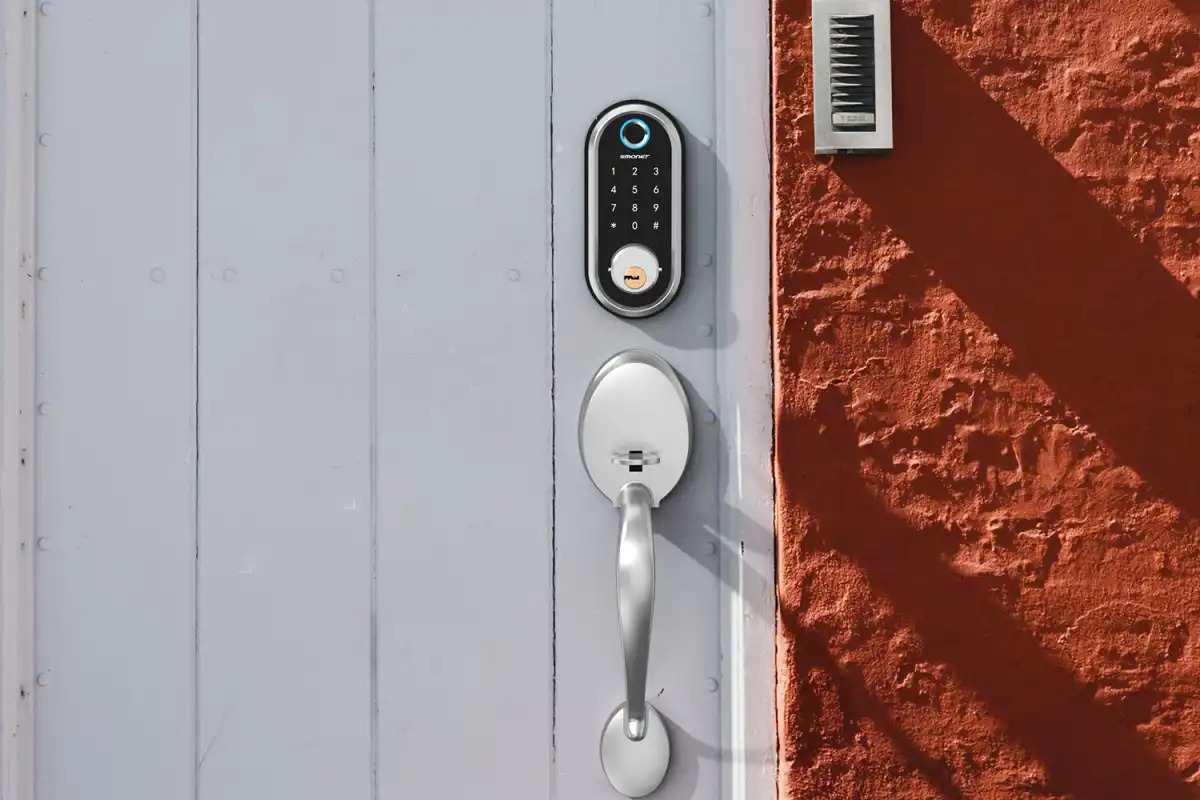
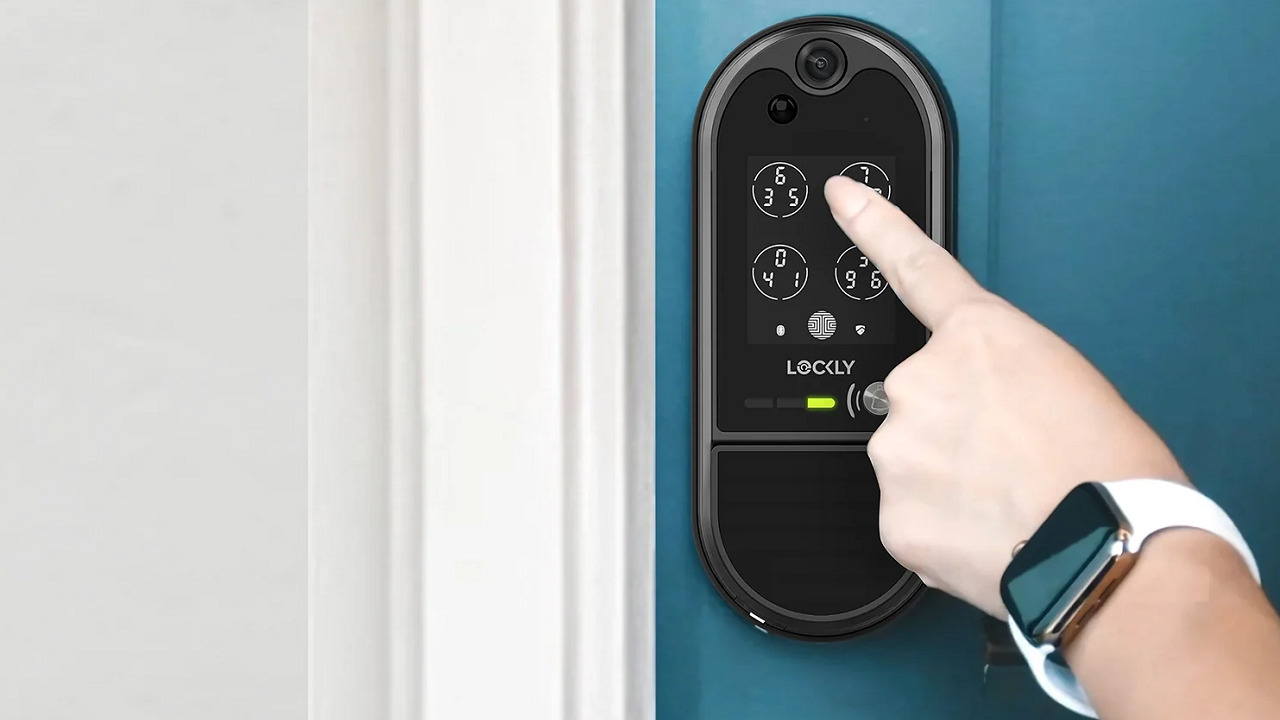
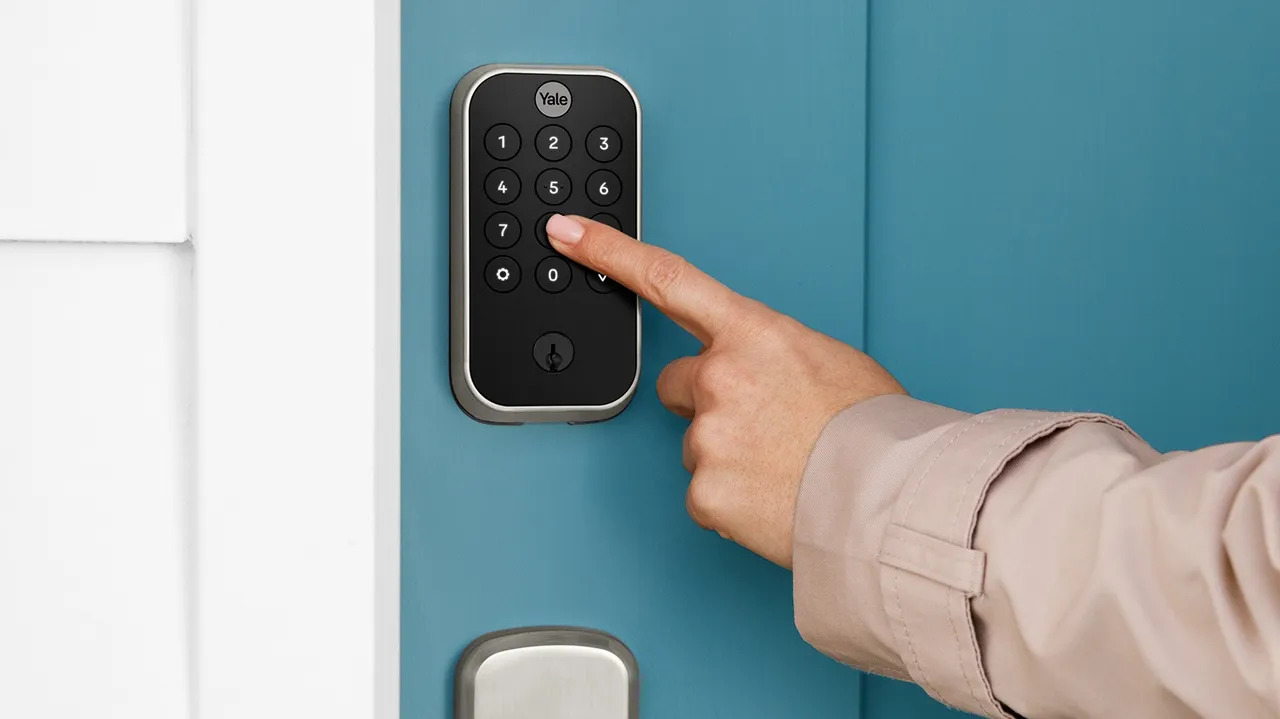
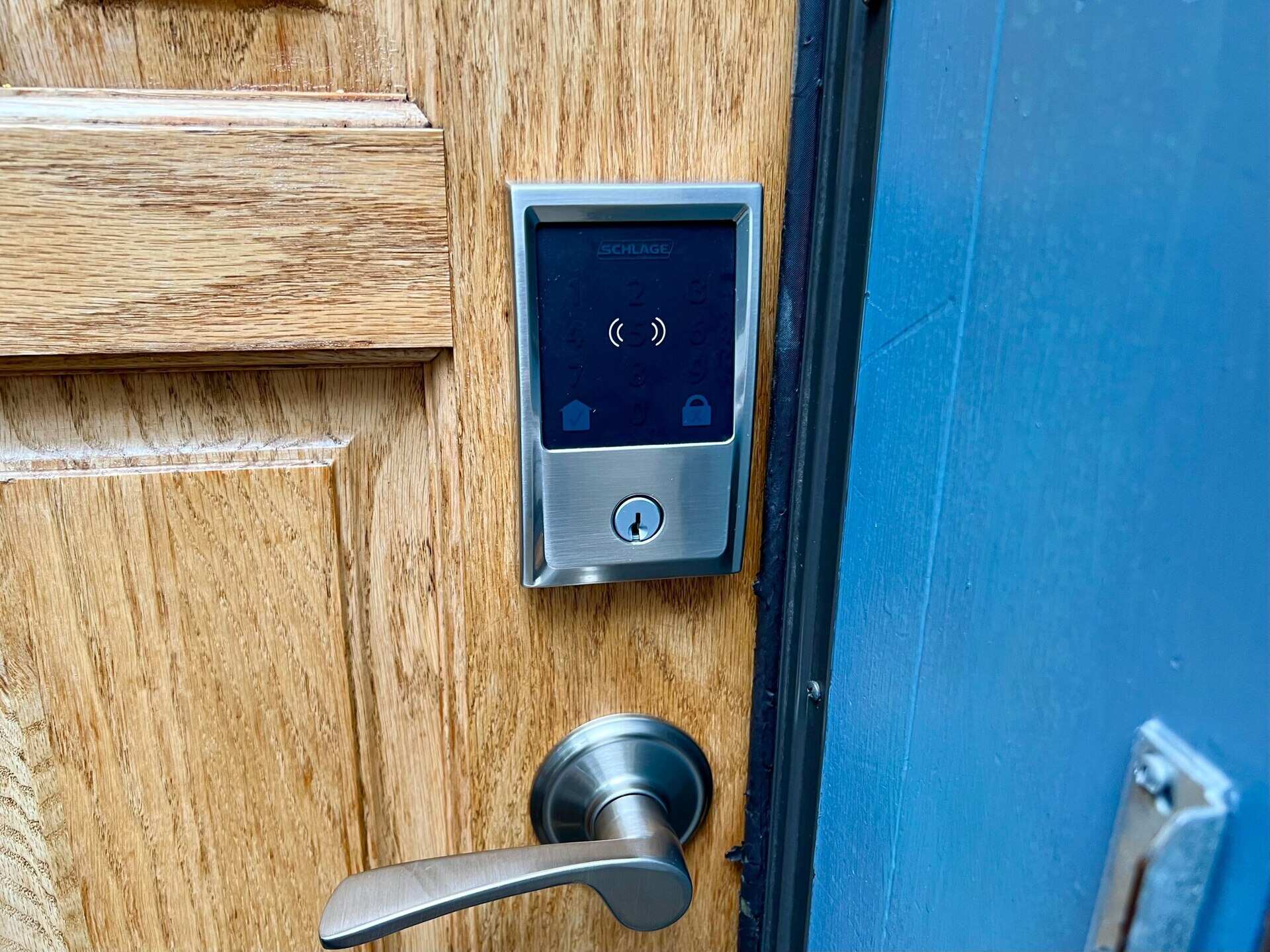
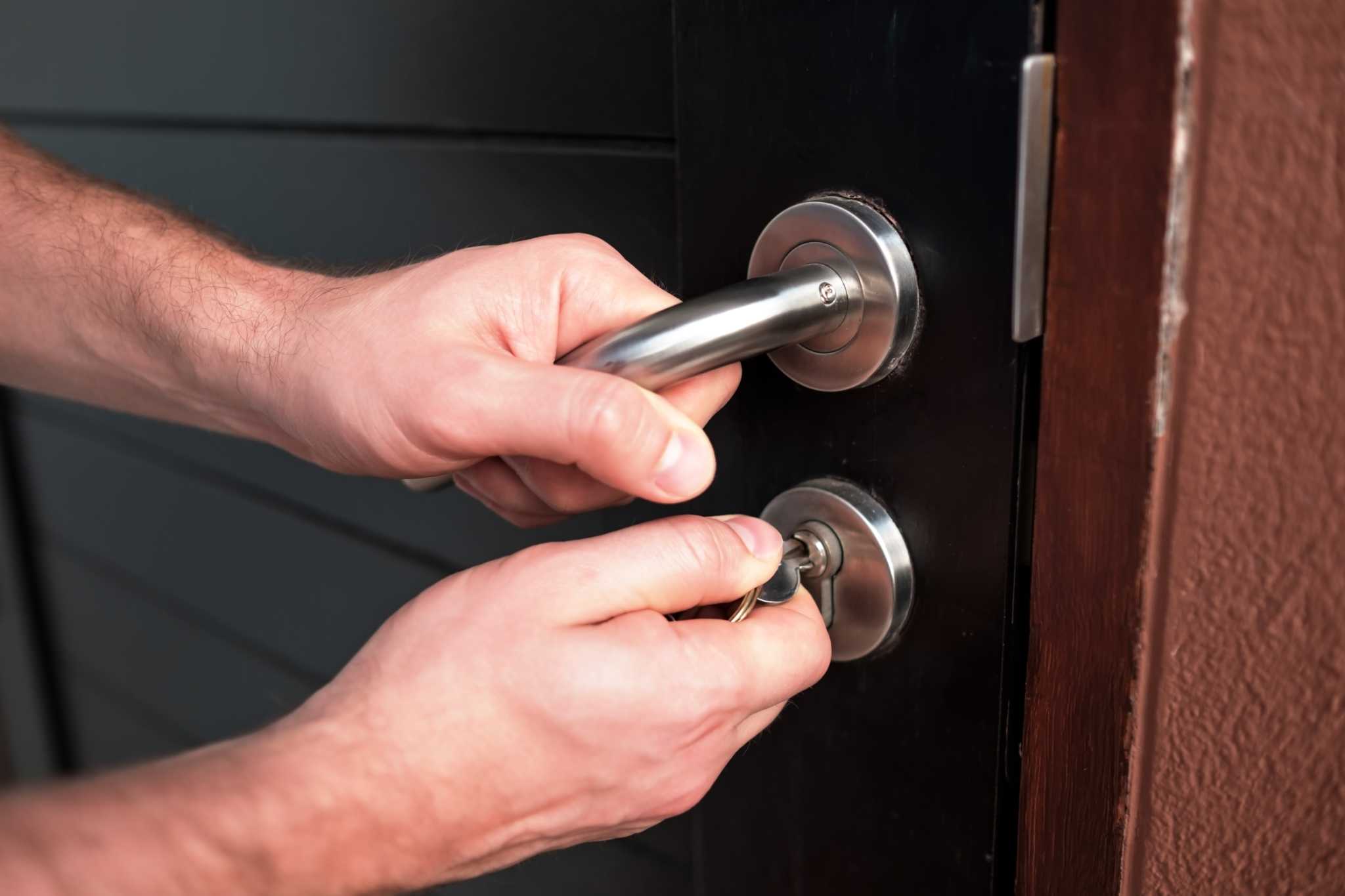
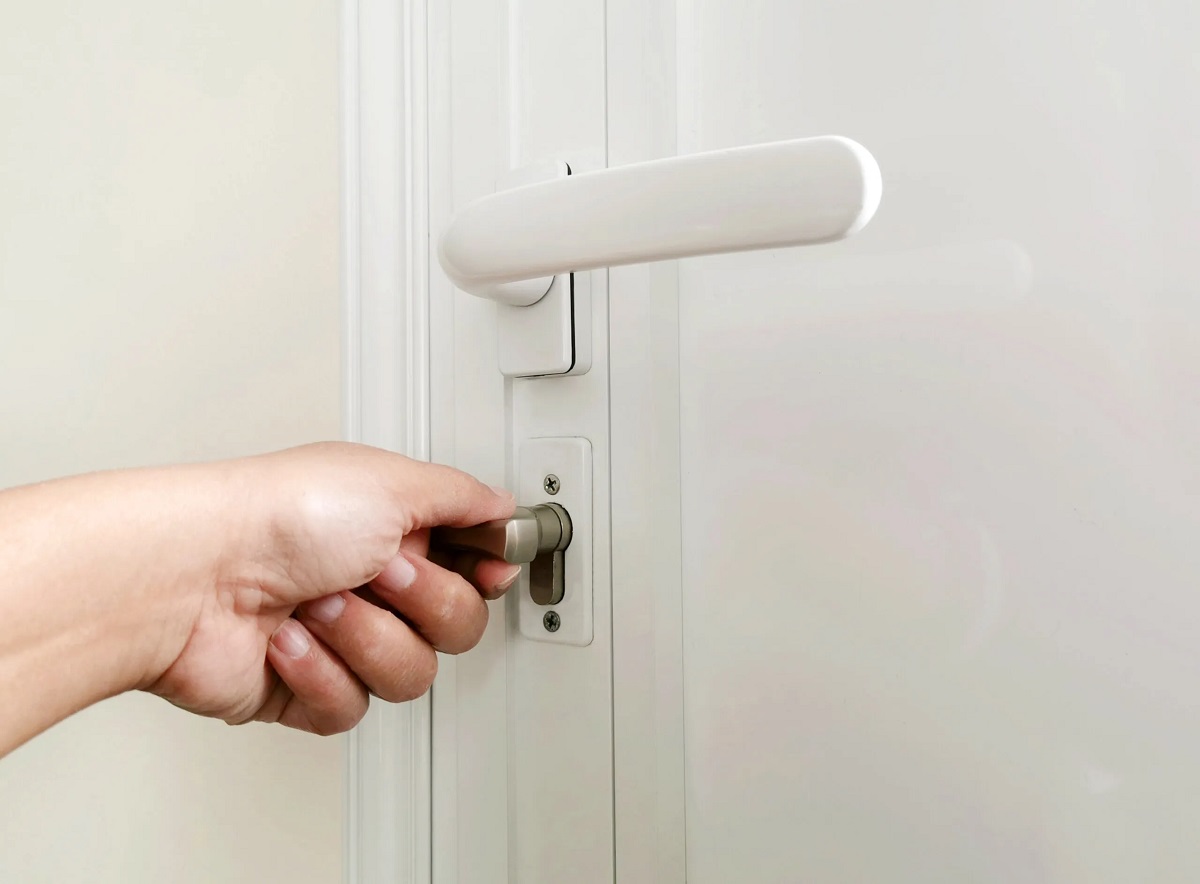
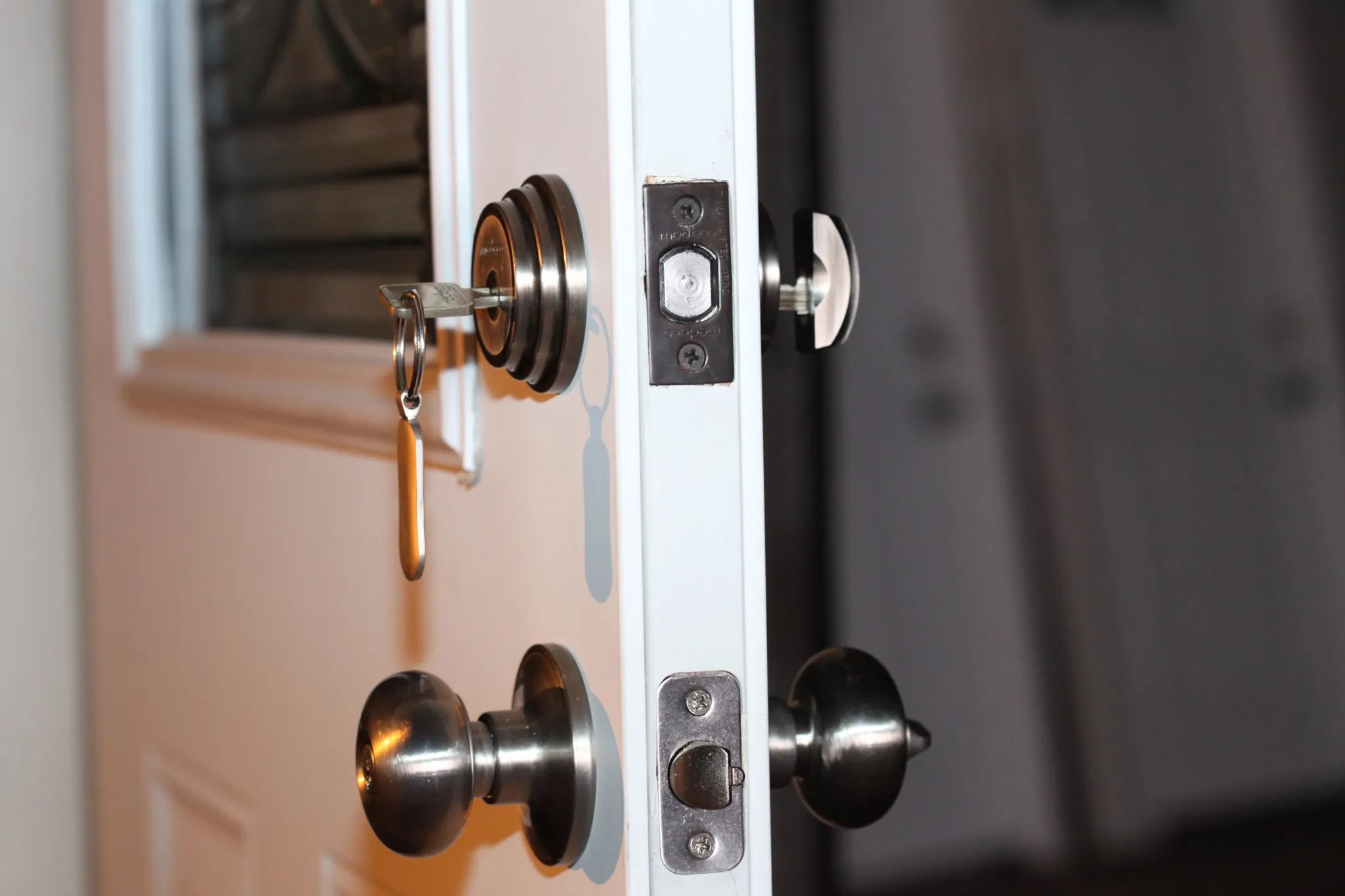

0 thoughts on “How To Unlock A Smart Lock”